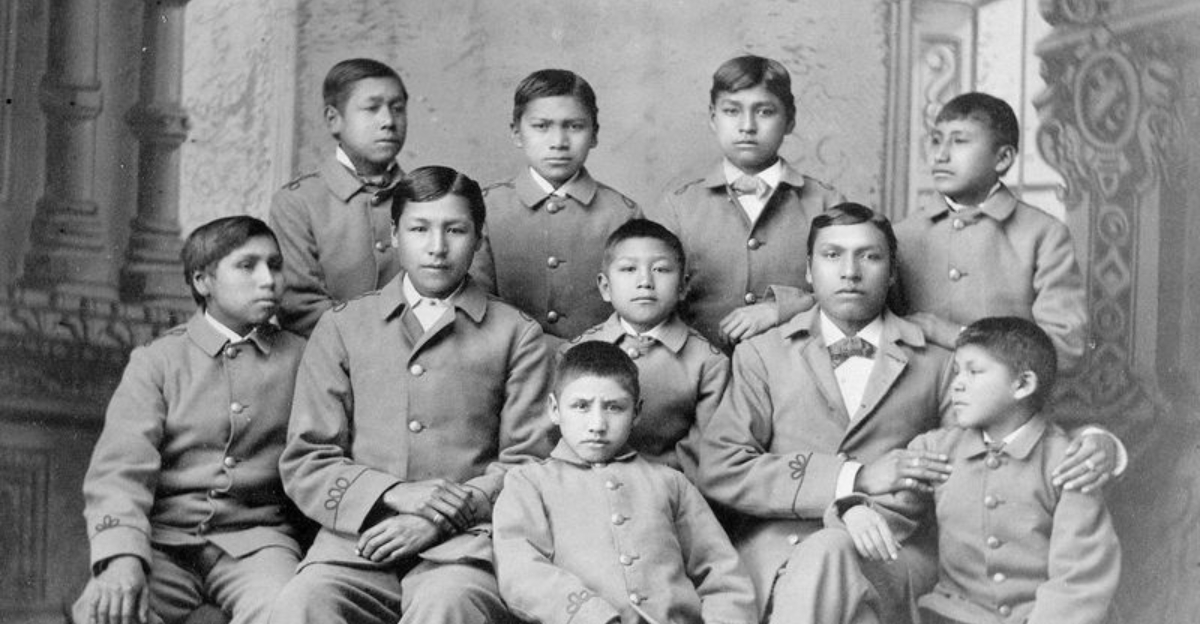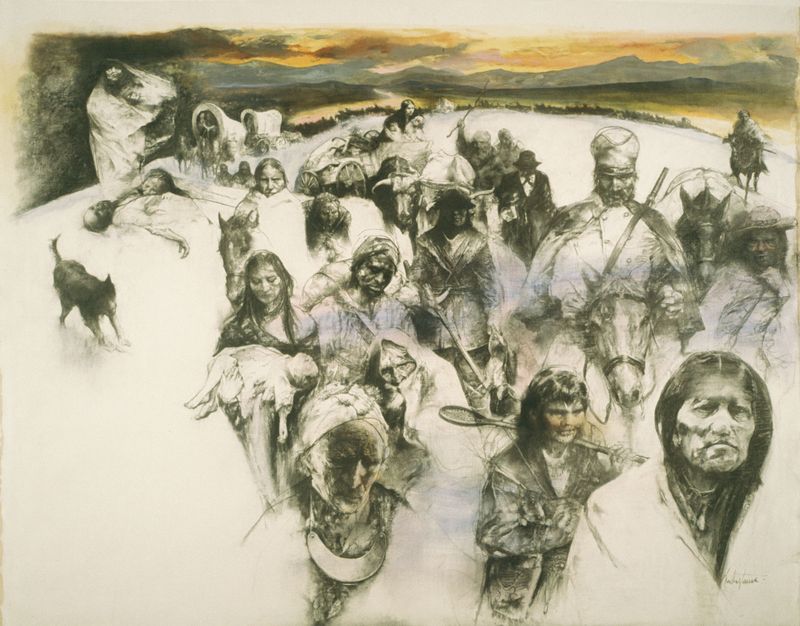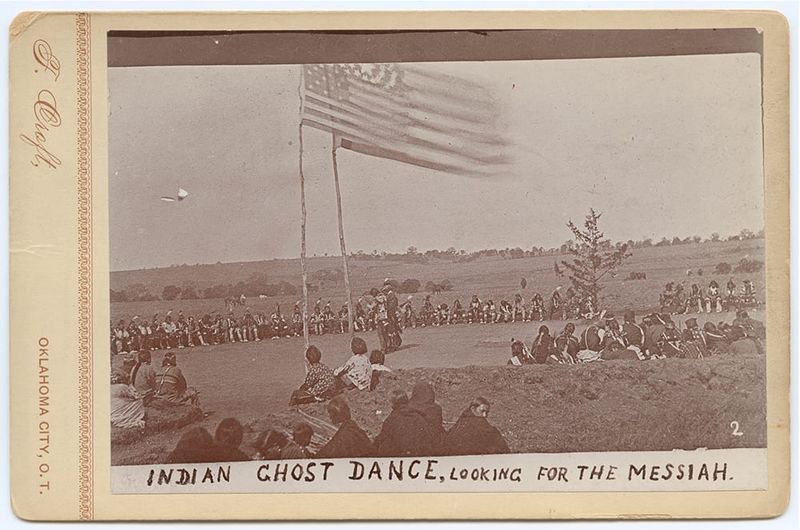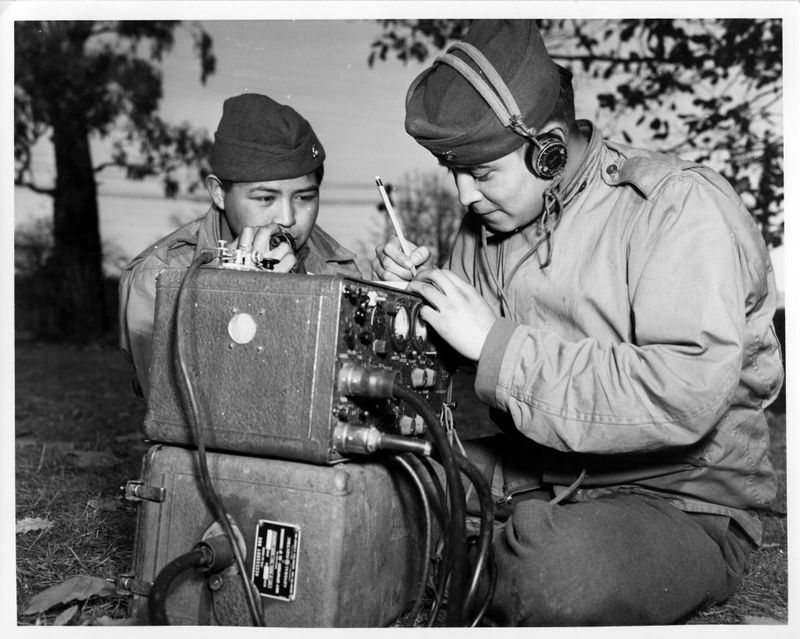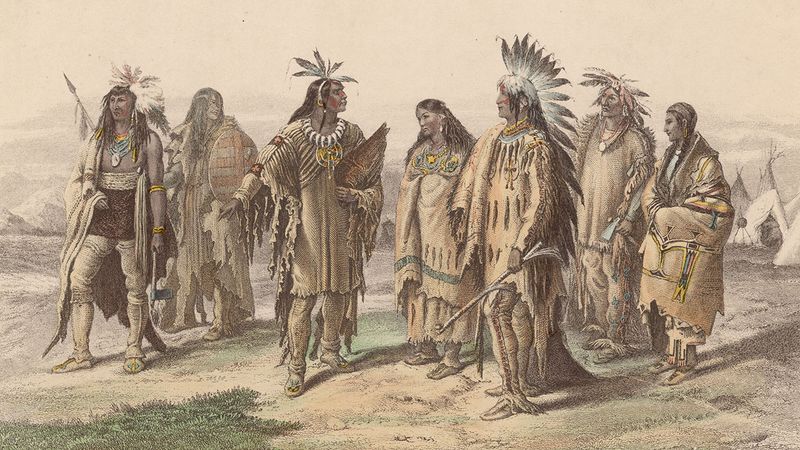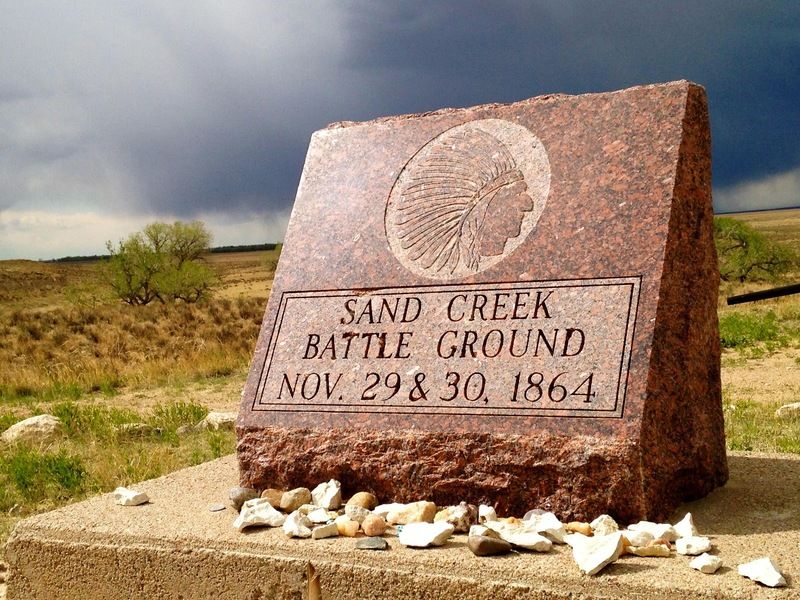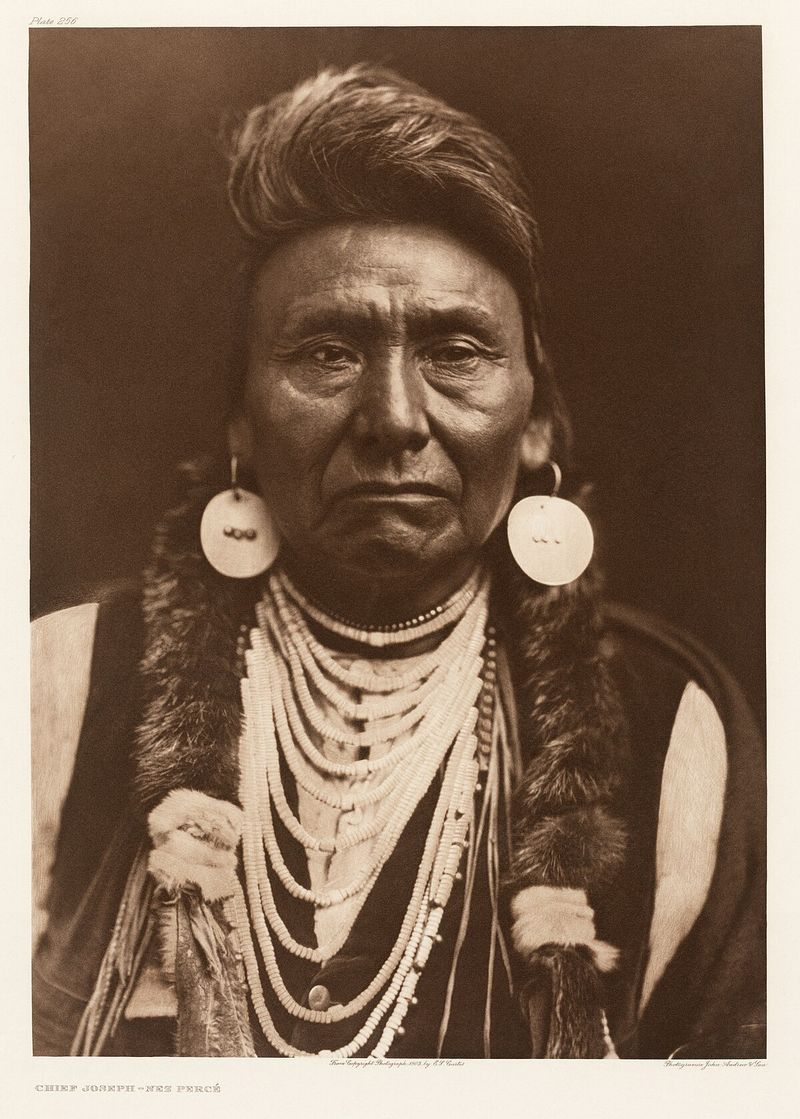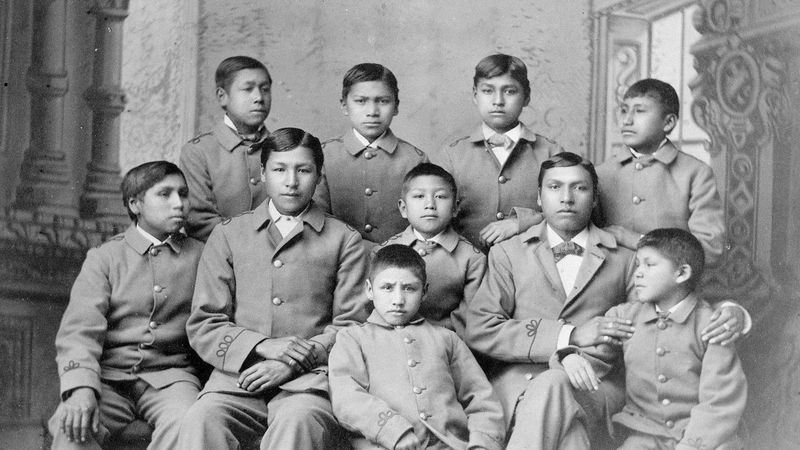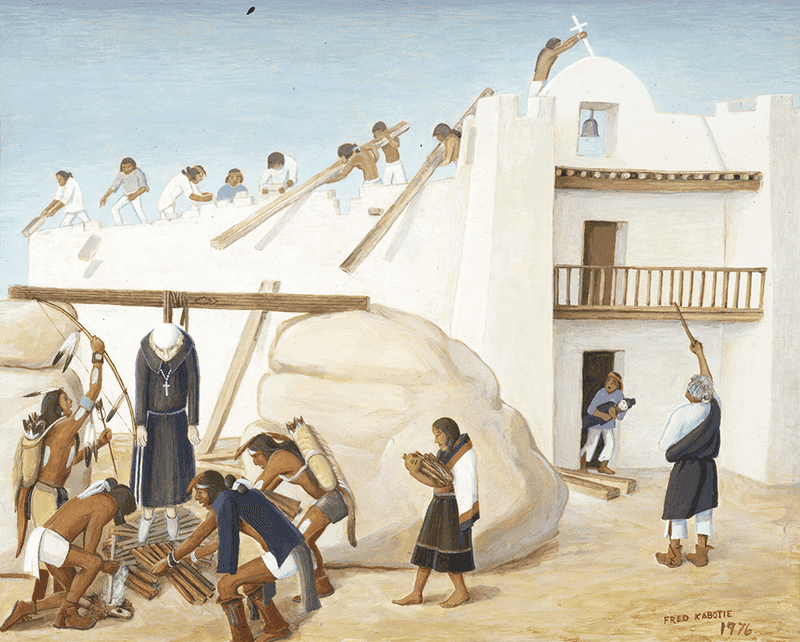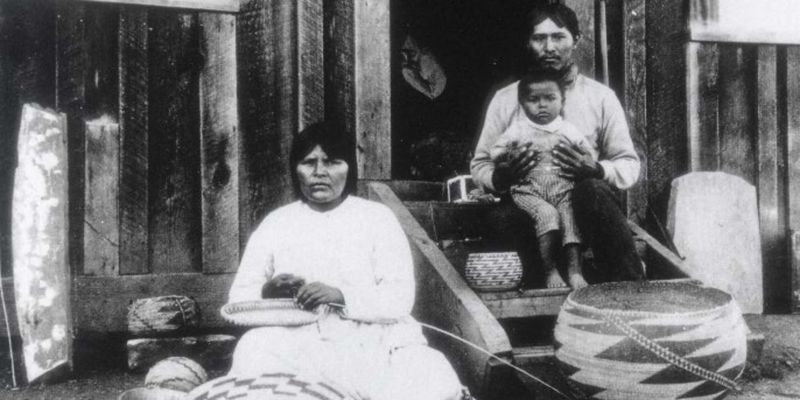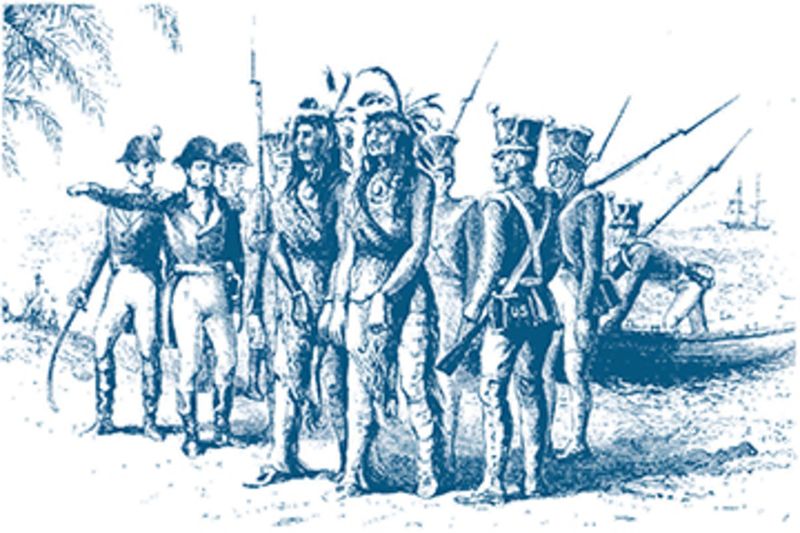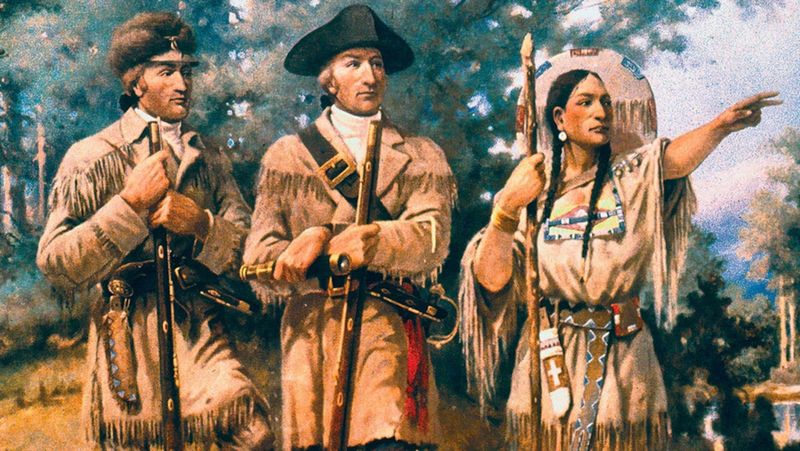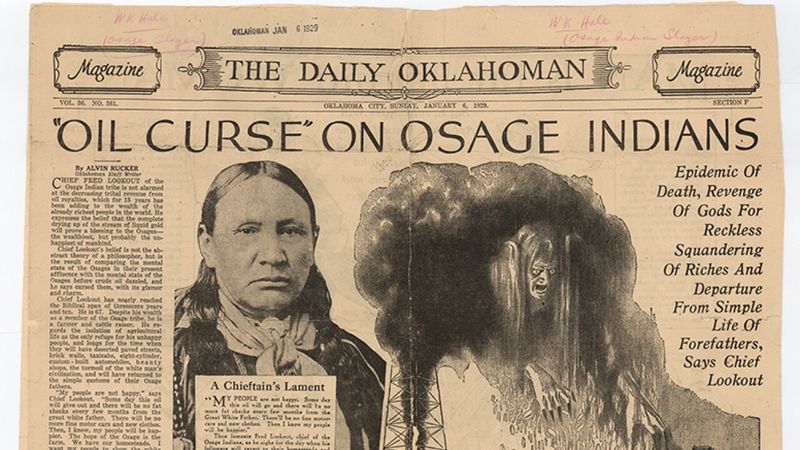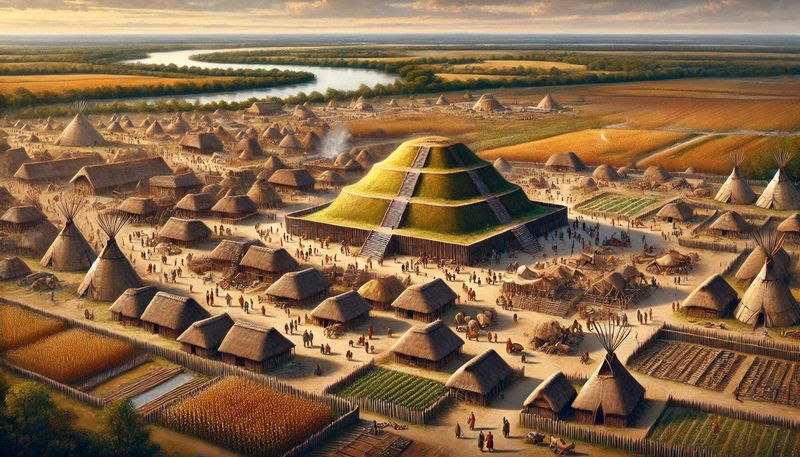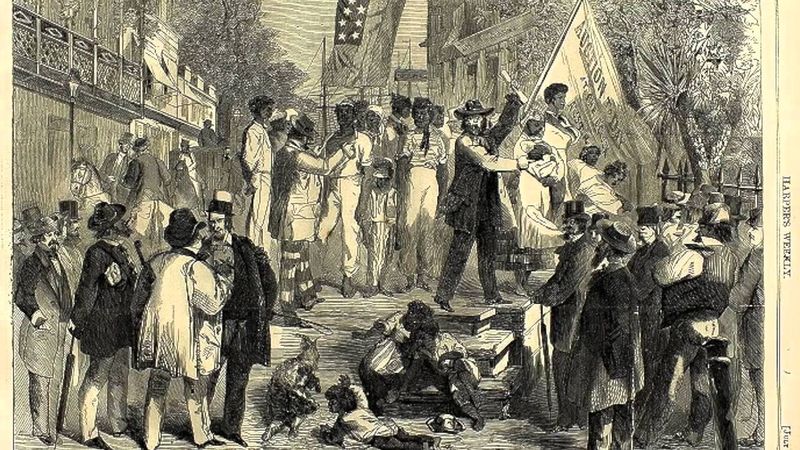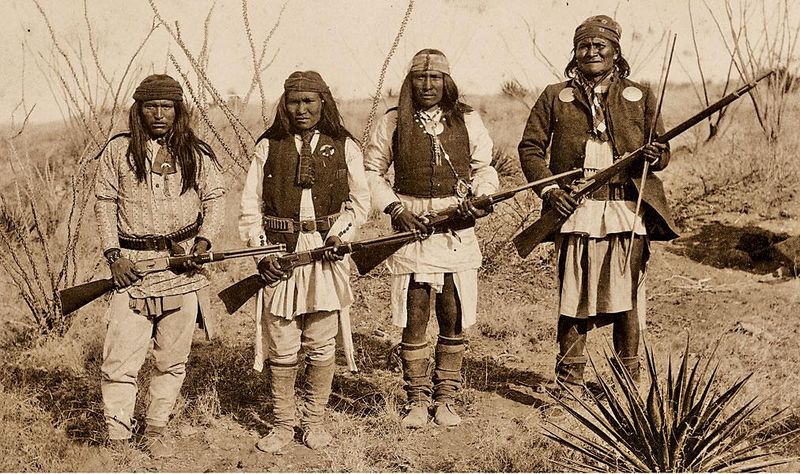For centuries, the rich histories of Native American peoples have been pushed aside, misrepresented, or forgotten altogether. But their stories endure—woven into oral traditions, archeological records, and modern revivals. Here are 20 powerful Native American stories that history tried to erase—but couldn’t.
1. The Cherokee Trail of Tears
In the 1830s, the U.S. government forced thousands of Cherokee people from their ancestral lands, causing about 4,000 deaths. The forced relocation, known as the Trail of Tears, remains a significant testament to the resilience of the Cherokee Nation. Despite the trauma, the Cherokee community continues to thrive today, preserving their culture and history.
The journey was harsh, with inadequate supplies and severe weather conditions exacerbating their plight. Families were torn apart and sacred lands lost. Yet, the Cherokee spirit endures, reminding us of their strength and perseverance against adversity.
2. The Lakota Ghost Dance Movement
The Ghost Dance, a spiritual movement, emerged among the Lakota during the late 19th century, born out of despair and hope for renewal. It promised the restoration of their lands and a return to traditional ways of life. However, fear and misunderstanding led to its violent suppression at Wounded Knee in 1890.
The movement stands as a symbol of the enduring hope and spiritual resilience of the Lakota and other tribes. Despite the attempts to suppress it, the spiritual fervor and cultural identity it inspired remain influential today.
3. The Code Talkers Who Helped Win World War II
Navajo Code Talkers played a pivotal role in World War II by developing an unbreakable code using their native language. Their efforts significantly contributed to the United States’ military success, particularly in the Pacific Theater. Yet, their contributions went largely unrecognized for decades.
These brave men were not only soldiers but also linguists, using their unique dialect to protect their people and country. Today, their legacy is honored, and their story serves as a compelling example of how indigenous cultures can provide unique and invaluable contributions to global events.
4. The Iroquois Influence on American Democracy
The Iroquois Confederacy’s Great Law of Peace profoundly influenced the formation of the U.S. Constitution, though this impact is rarely acknowledged. The confederacy’s governance model emphasized democratic principles and unity among different groups, which fascinated early American leaders.
Benjamin Franklin and other Founding Fathers admired and studied their system, yet mainstream history often overlooks this influence. The Iroquois’ contribution to American democracy highlights the importance of indigenous wisdom in shaping modern governance. Recognizing their role enriches the understanding of democracy’s roots.
5. The Massacre at Sand Creek
In 1864, U.S. soldiers brutally attacked Cheyenne and Arapaho people at Sand Creek, Colorado, killing over 150, mostly women and children. Despite government attempts to cover up the atrocities, survivors’ stories have kept the memory alive, shedding light on this dark chapter.
The massacre demonstrated the brutal policies towards Native Americans during westward expansion. Today, the remembrance of Sand Creek serves as a poignant reminder of the importance of acknowledging and learning from past injustices to prevent their recurrence.
6. The Lenape People of Manhattan
Before it became New York City, Manhattan was home to the Lenape people. Their rich culture and way of life were nearly erased following European settlement. The Lenape were systematically displaced, and their contributions to the region’s early development were overshadowed by colonial narratives.
Today, efforts to honor and recognize the Lenape’s heritage continue, aiming to restore their place in the history of one of the world’s most famous cities. Their enduring legacy is a testament to their resilience and lasting cultural impact.
7. The Story of Chief Joseph and the Nez Perce
Chief Joseph of the Nez Perce is renowned for his leadership during his people’s resistance to U.S. government relocation efforts. His famous surrender speech, “From where the sun now stands, I will fight no more forever,” reflects his deep sorrow and dignified resolve.
Despite ultimate defeat, Chief Joseph’s eloquence and determination left a lasting impression, highlighting the injustice faced by the Nez Perce. His story underscores the resilience and dignity of Native American leaders in the face of overwhelming odds.
8. The Wampanoag and the First Thanksgiving
The Wampanoag people played a crucial role in the survival of early Pilgrim settlers, sharing vital agricultural knowledge and resources. However, the traditional Thanksgiving story often omits the subsequent betrayal and suffering they endured.
Disease and conflict decimated the Wampanoag population, leading to a loss of land and autonomy. Today, efforts to present a more accurate narrative continue, recognizing the Wampanoag’s contributions while acknowledging the complex history that followed.
9. The Black Hills Betrayal
To the Lakota, the Black Hills are sacred. Despite treaties guaranteeing their land rights, the discovery of gold led to an influx of settlers and the eventual seizure of their homeland by the U.S. government. This betrayal is a stark example of broken promises faced by Native Americans.
The Lakota’s fight to reclaim the Black Hills continues today, symbolizing their enduring connection to the land. It remains a powerful narrative of resistance against exploitation and cultural erasure.
10. The Boarding School Era
During the late 19th and early 20th centuries, Native American children were forcibly taken from their families to attend boarding schools. These institutions aimed to erase their languages and cultures, replacing them with European-American customs.
The trauma from this era left lasting scars on many Native communities, perpetuating cycles of cultural disruption. However, these stories of survival also highlight the resilience of Native peoples who have since worked tirelessly to reclaim and revitalize their cultural heritage.
11. The Pueblo Revolt of 1680
The Pueblo Revolt of 1680 was a rare and successful uprising where Pueblo peoples expelled Spanish colonizers from present-day New Mexico. This coordinated rebellion was driven by the desire to preserve their religious and cultural practices, threatened by forced conversions and harsh treatments.
The revolt’s success lasted over a decade, demonstrating the determination and unity of the Pueblo peoples in resisting colonial oppression. Today, it stands as a testament to the power of indigenous resistance and the enduring spirit of the Pueblo communities.
12. The Forgotten Genocide in California
The California Gold Rush led to one of the most horrific periods for Native American tribes in the region. Mass murders, enslavement, and starvation were widespread as settlers and miners encroached on their lands. California’s first governors even authorized extermination campaigns.
This dark chapter is often overshadowed by the romanticized narratives of gold discovery and expansion. Acknowledging these atrocities is crucial for understanding the complex history of California and honoring the resilience of its indigenous peoples.
13. The Seminole Wars of Florida
The Seminole Wars were a series of conflicts in Florida where the Seminole fiercely resisted U.S. removal policies. Despite overwhelming odds, some Seminole never surrendered, maintaining their autonomy in the harsh Florida swamps.
Their descendants still live in Florida today, symbolizing their unconquered spirit and cultural endurance. The Seminole Wars highlight the relentless struggle for sovereignty and the resilience of indigenous communities against external pressures.
14. The True Story of Sacagawea
Sacagawea, a Lemhi Shoshone woman, is often remembered as the helpful guide to Lewis and Clark. However, her true legacy involves much more than guiding explorers; she was a teenage mother and interpreter who played a crucial role in the expedition’s success.
Her story is one of strength and resilience, navigating the challenges of motherhood while bridging cultural gaps. Recognizing her multifaceted contributions provides a fuller understanding of her role and the complexities of early American exploration.
15. The Osage Reign of Terror
In the 1920s, the oil-rich Osage people were systematically murdered for their wealth in a period known as the Osage Reign of Terror. This chilling chapter of American history only came to light recently, revealing deep-seated corruption and prejudice.
The Osage tragedy underscores the exploitation faced by Native communities and the resilience required to overcome such adversities. It serves as a reminder of the ongoing need for justice and acknowledgment of past wrongs to heal and move forward.
16. The Ancient City of Cahokia
Cahokia, near present-day St. Louis, was once a thriving metropolis of 20,000 people, rivaling medieval European cities. Despite its significance, Cahokia is rarely featured in educational narratives about ancient civilizations.
This ancient city exemplifies the sophisticated societies that existed long before European contact, challenging preconceived notions of Native American history. Its legacy offers valuable insights into pre-Columbian urban life and the enduring influence of indigenous cultures.
17. The Story of the Dakota 38
After a brief war in Minnesota, 38 Dakota men were executed in the largest mass execution in U.S. history, sanctioned by President Lincoln. This tragic event followed broken treaties and escalated tensions between settlers and the Dakota people.
The execution, often overlooked, highlights the severe injustices faced by Native communities. Commemorating the Dakota 38 is vital for acknowledging this painful history and fostering an understanding of the deep-rooted struggles for justice and recognition.
18. The Displacement of the Gullah Geechee
Gullah Geechee communities, often linked to the African diaspora, have deep Native American roots shaped by forced migrations. Their unique culture reflects a blend of African, Native, and European influences, enriched by centuries of adaptation and survival.
Today, efforts to preserve and celebrate Gullah Geechee heritage continue, highlighting the importance of recognizing their diverse ancestry. This story emphasizes the intertwined histories and enduring legacies of indigenous and African diasporic communities in the United States.
19. The Women Warriors of the Apache
Among the Apache, women like Lozen were not only warriors but spiritual leaders who defied traditional gender roles. Lozen, a renowned warrior, fought alongside her brother, Victorio, against U.S. and Mexican forces.
Her courage and tactical skills were revered, demonstrating that strength and leadership are not confined to gender. The legacy of Apache women warriors continues to inspire, celebrating their vital roles in history and challenging stereotypes about traditional gender roles.
20. The Revival of Native Languages
Many Native languages were once on the brink of extinction, but revitalization efforts are breathing new life into them. From immersion schools to language apps, communities are passionately working to preserve their linguistic heritage.
These efforts not only save languages but also reconnect younger generations with their cultural identities. The revival of Native languages signifies a broader movement towards reclaiming and celebrating indigenous heritage, offering hope for future generations to sustain their rich traditions and histories.
